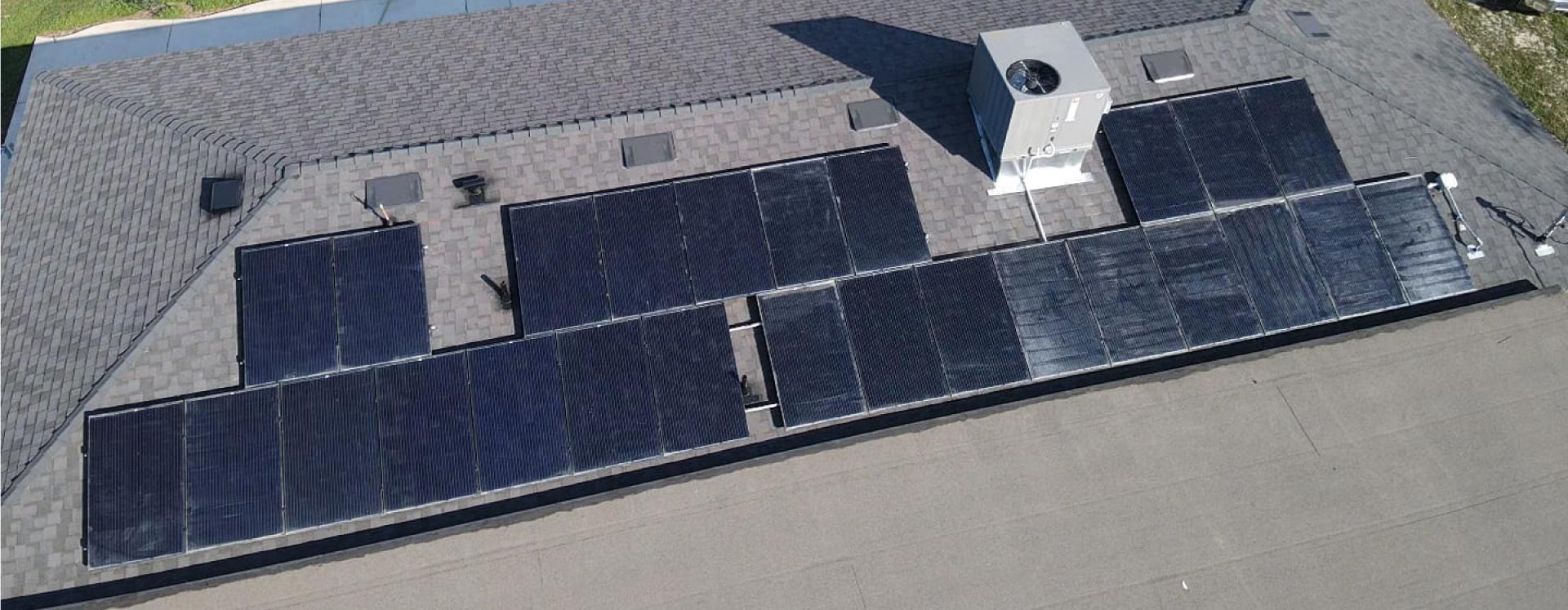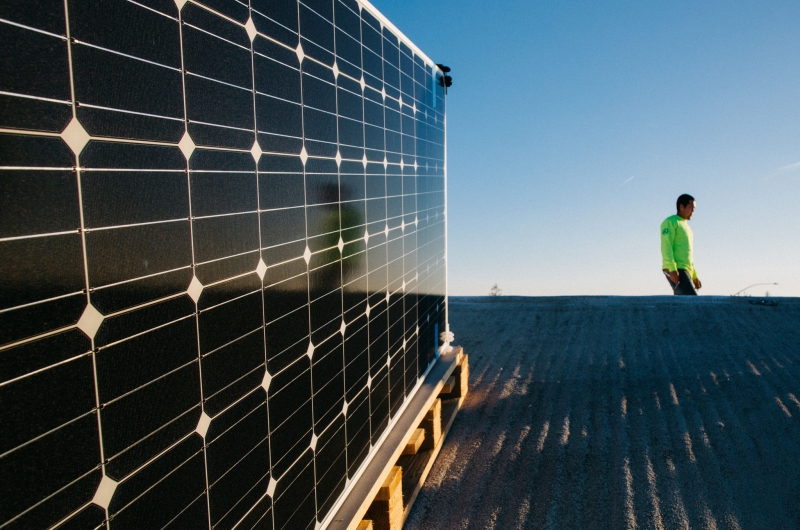If you’ve been considering a solar energy system for your home or business, it’s now a critical time to act. Recent legislation, including a sweeping federal statute known as the “One Big Beautiful Bill” (Public Law 119-21), signed into law on July 4, 2025, has made major changes to clean energy incentives, particularly the Residential Solar Tax Credit 2025.
Passed after record-breaking floor debates, this law contains hundreds of provisions covering tax and spending policies. It also rolls back many clean energy incentives from the previous Inflation Reduction Act of 2022. This article will help you understand how these new rules affect your plans for a solar installation.

Residential Solar Tax Credit Ending in 2025 ⏳
The Residential Clean Energy Credit (Section 25D), which offered an uncapped 30% tax credit on the cost of a home solar system, is officially coming to an end.
This is a significant shift from the previous plan, which would have kept the credit in place until 2032. The new law eliminates the residential credit completely after December 31, 2025.
To qualify for the full credit, homeowners must have their solar systems fully installed and commissioned by the end of 2025. This compressed timeline will cause significant market disruption, and homeowners who miss the deadline will not receive any tax credit.
While the credit is non-refundable, any unused amount can be carried forward and applied in subsequent years until you have received it in full.

Commercial Solar Tax Credit Deadlines Tighten
The commercial solar Investment Tax Credit (ITC) (Section 48) is still in place, but now operates with tighter deadlines and new restrictions.
Projects must begin construction by July 4, 2026, to be eligible for the full 30% credit. Projects that start after that date must be placed in service by December 31, 2027, to receive any incentive.
A presidential executive order issued on July 7, 2025, directed the Treasury Department to tighten the definition of “beginning construction,” likely requiring substantial on-site physical work rather than just minor prep work or paperwork.
This new law also includes “Foreign Entity of Concern” (FEOC) restrictions. To qualify for tax credits, at least 40% of the components in a solar panel system must not be sourced from a foreign entity of concern in 2026. This percentage is set to increase to 60% by 2030 and could impact project costs and the availability of certain equipment.

Important Considerations for All Solar Buyers
- Residential Leases and PPAs: Companies that offer these third-party ownership models use the commercial tax credit (Section 48E). The new law keeps this option available for residential leases and PPAs through the end of 2027.
- Battery-Only Installations: Under the new law, the 30% tax credit is fully available for qualifying battery-only installations. This is an opportunity for both homeowners and businesses to improve energy security and potentially go off-grid during power outages.
- Domestic Components: With new restrictions on foreign components, using domestically manufactured solar panels and components may be beneficial for ensuring compliance and eligibility for tax credits.
Don’t Miss Out: Secure Your Solar Savings Today.
Navigating these new regulations is complex. It’s essential to work with a knowledgeable professional to understand your options and secure your project before these valuable incentives expire.
Don’t miss your chance to save on solar. Contact us today to get started.
Frequently Asked Questions
What is the "One Big Beautiful Bill"?
The “One Big Beautiful Bill Act” (P.L. 119-21) is a federal statute signed into law on July 4, 2025, that includes a wide range of tax and spending policies. It is considered the most significant legislation of President Donald J. Trump’s second term. The bill also rolls back many clean energy incentives from the Inflation Reduction Act of 2022.
When does the residential solar tax credit end?
The 30% residential solar tax credit (Section 25D) will officially end after December 31, 2025. To qualify for the credit, homeowners must have their solar systems fully installed and commissioned by the end of the year. There is no phase-out period, meaning that systems installed on or after January 1, 2026, will not be eligible for the credit.
Are there new deadlines for the commercial solar tax credit?
Yes, the commercial solar tax credit (Section 48E) has tighter deadlines than before. Projects must begin construction by July 4, 2026, to be eligible for the full 30% credit. Projects that start construction after this deadline must be placed in service by December 31, 2027, to receive any federal solar incentive. A presidential executive order on July 7, 2025, directed the Treasury to tighten the definition of what counts as “beginning construction,” with sources expecting that tangible, on-site physical work will be required.
Do the new rules affect leases and PPAs?
Yes. Companies that offer residential solar leases and Power Purchase Agreements (PPAs) can continue to claim the commercial tax credit (Section 48E). However, these projects must begin construction by July 4, 2026, and be completed by December 31, 2027, to qualify.
What are the new rules regarding foreign-sourced components?
To qualify for the commercial tax credit, projects must meet new “Foreign Entity of Concern” (FEOC) restrictions. Starting in 2026, at least 40% of the components in solar panel systems (by cost) must not be sourced from a foreign entity of concern. That percentage will increase by 5% each following year, reaching 60% in 2030. These restrictions are expected to be challenging to comply with, particularly the material assistance requirements attached to the ITC and PTC.
https://www.greenlancer.com/post/solar-tax-credit-ending
https://www.ecoflow.com/us/blog/residential-clean-energy-credit-one-big-beautiful-bill
https://www.energysage.com/news/congress-passes-bill-ending-residential-solar-tax-credit/
https://taxfoundation.org/blog/big-beautiful-bill-green-energy-tax-credit-changes/
https://www.congress.gov/bill/119th-congress/house-bill/1

